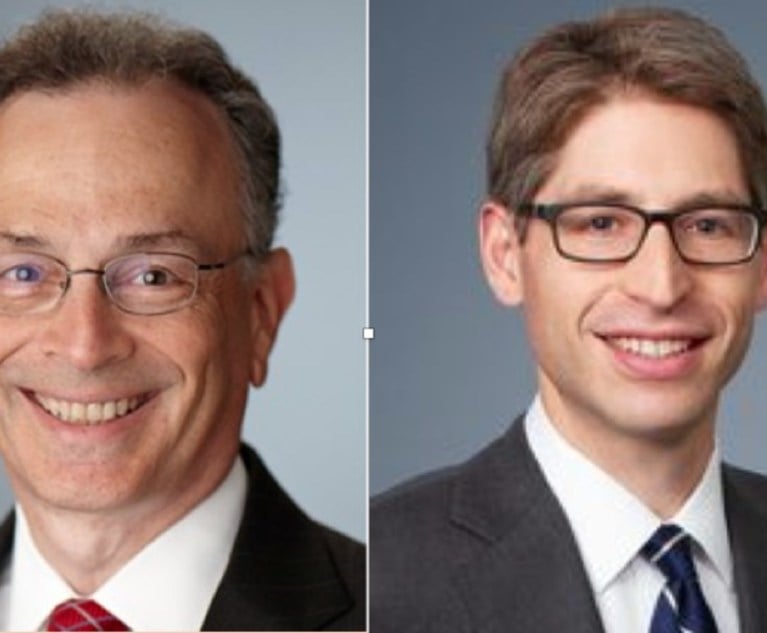In a recent decision, the Court of Appeals examined the powers of law enforcement officers acting outside the scope of their jurisdiction to stop a vehicle for traffic violations and effectively conduct an “arrest.” The majority in People v. Page denied a motion to suppress evidence seized during a traffic stop by a law enforcement official on the grounds that he was making a citizen’s arrest in a decision that focused on the specific language of the governing Criminal Procedure Law provisions. The dissent, on the other hand, placed greater emphasis on the policy rationale behind those provisions in arguing that the seized evidence should be suppressed. This divided decision concerning appropriate limitations on police power and people’s ability to make citizen arrests is of particular interest given the recent efforts to reexamine fundamental aspects of law enforcement and self-policing in our society.
In June 2017, an on-duty federal marine interdiction agent with the U.S. Customs and Border Protection (CBP) was driving an unmarked SUV on Interstate 190 in Erie County. The SUV was equipped with an emergency radio and a limited number of emergency lights in its front grille and windshield, but lacked the full suite of lights and sirens usually found on police vehicles. The agent saw a car occupied by the defendant and two other individuals driving erratically and barely avoiding multiple collisions. The agent followed the car and unsuccessfully attempted to report the incident to the State Police on his emergency radio. He then called 911 on his personal phone and was transferred to the Buffalo Police Department. As his call was being transferred, the agent followed the defendant’s car as it exited the highway and continued to drive erratically through the local streets. The agent testified that he was concerned for public safety and activated the emergency lights on his SUV in order to stop the car. The car pulled over, and the agent reported the license plate and location to the Buffalo police and waited approximately five minutes for a police officer to arrive. A single police officer arrived and the agent approached the vehicle with him for what the majority and the Fourth Department described as “safety reasons.” The agent saw the police officer speaking with the occupants, but the agent did not speak to any of them and left the scene when additional Buffalo police officers arrived and told him that he was no longer needed.


 Lynn K. Neuner and William T. Russell Jr.
Lynn K. Neuner and William T. Russell Jr.




